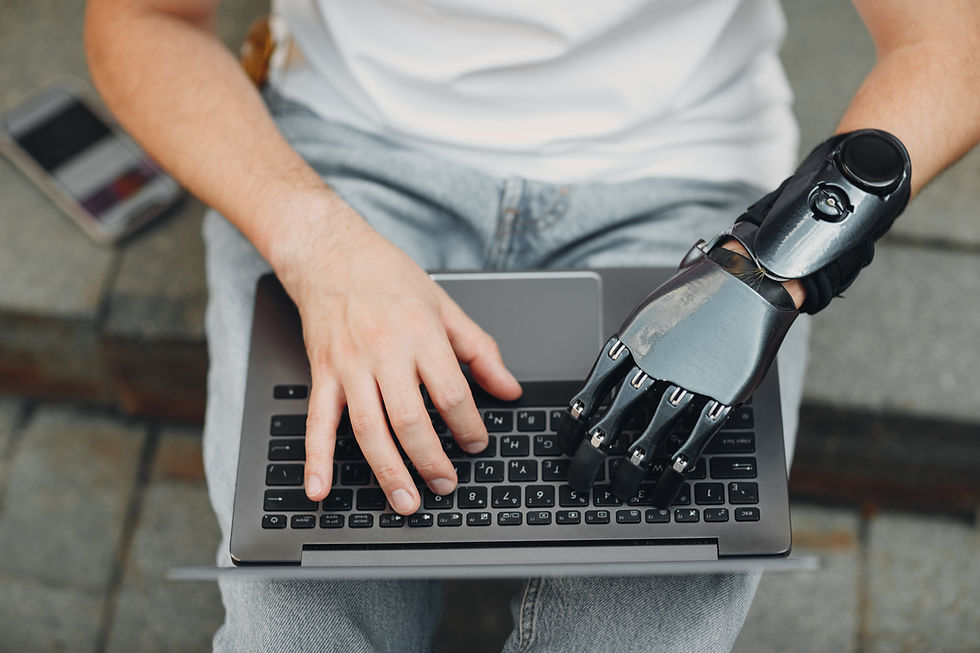Disclaimer: The following text is not intended to be or replace legal advice. Its purpose is solely for informational and educational purposes. The blog aims to open doors to new debates and challenges brought by the world today.

In the ever-expanding digital landscape, safeguarding artworks has become a paramount concern for artists and creators. As the boundaries between physical and digital realms blur, a new weapon in the arsenal of art protection emerges: digital fingerprints. In this blog, we will delve into the world of digital fingerprints, exploring their role in preserving artistic integrity and ensuring authenticity in the digital age.
Challenges in Artwork Protection
In the digital realm, art faces unprecedented challenges. Copyright infringement and unauthorised reproductions run rampant, threatening the livelihood and creative integrity of artists. The intangible nature of digital artworks amplifies these challenges, making it even more crucial to establish robust mechanisms for protection. Digital fingerprints provide a formidable defence against these threats, helping artists assert their rights and preserve the essence of their work.
Understanding Digital Fingerprints
At its core, a digital fingerprint is a unique and imperceptible mark embedded within digital artworks. It serves as a digital signature, akin to a DNA profile, enabling the identification and authentication of artworks in the vast digital landscape. Through advanced techniques like watermarking, image recognition, and blockchain technology, digital fingerprints ensure the integrity and traceability of artistic creations.
There isn't a single way to create and apply digital fingerprints to our creations. Here are a few commonly used methods:
1. Watermarking: Watermarking involves embedding a unique identifier or mark directly into the digital file. This identifier can be visible or invisible and serves as a way to authenticate and trace the origin of the file. There are different types of watermarks, including visible watermarks that are easily recognisable and invisible watermarks that require specialised tools to detect.
2. Hashing: Hashing is a cryptographic technique that converts the content of a digital file into a unique string of characters, known as a hash value or hash code. Even a small change in the file's content will result in a completely different hash value. By comparing the hash values, one can verify the integrity and authenticity of the file.
3. Digital Signature: Digital signatures use public-key cryptography to create a unique identifier for a digital file. A digital signature is generated using the private key of the signer and can be verified using the corresponding public key. It ensures the integrity and authenticity of the file and can be used to detect any unauthorised modifications.
Blockchain Technology: Blockchain technology provides a decentralised and tamper-resistant mechanism for creating digital fingerprints. By storing the fingerprint or a cryptographic hash of the digital file on a blockchain, it becomes virtually immutable and transparent. Any changes or attempts to tamper with the file can be easily detected through the blockchain's consensus mechanism.
4. Image Recognition: Image recognition techniques analyse the visual content of an image to create a unique fingerprint. This can involve extracting features, patterns, or characteristics of the image to generate a distinctive identifier. Image recognition-based digital fingerprints are often used in the protection of visual artworks and photographs.
The choice of which method to use depends on the specific requirements and nature of the digital file you want to protect. It's important to consider factors such as the level of security needed, the ease of verification, and the compatibility with existing systems or platforms.
Benefits of Digital Fingerprints
The adoption of digital fingerprints bestows a range of benefits upon artists and the art community. Firstly, they enable effective copyright enforcement, allowing artists to protect their intellectual property and take action against infringement. Additionally, digital fingerprints facilitate provenance tracking, ensuring the chain of custody and authenticity of artworks. By embedding these unique markers within digital creations, artists can safeguard their art from unauthorised alterations, forgeries, and misappropriation.
Future Implications and Considerations
As technology continues to evolve, so too will the realm of digital fingerprints. Advancements in artificial intelligence, machine learning, and blockchain hold promise for further enhancing the efficacy and applications of digital fingerprints. However, ethical and privacy considerations must accompany these developments. Striking the right balance between protection and individual rights is crucial to ensure responsible usage of digital fingerprinting technology.
In the age of the digital revolution, safeguarding artworks demands innovative solutions. Digital fingerprints offer a formidable shield, empowering artists to protect their creations and maintain artistic integrity. By adopting this technology, the art community can navigate the digital landscape with confidence, preserving the value and authenticity of their artistic expressions. Through digital fingerprints, we witness the harmonious marriage of art and technology, forging a path towards a future where creativity thrives and artistic creations are safeguarded from the perils of the digital realm.
If you would like to learn more about the different processes of including a digital fingerprint in your creations or if you would like more detailed and technical information, please leave us your questions and comments, and we will gladly address them in another blog.
#ArtProtection #DigitalFingerprints #ArtSecurity #ArtTech #CopyrightProtection #ArtAuthenticity #DigitalArt #TechInnovation #ArtistsRights #DigitalRevolution #ArtBlog #ArtisticIntegrity
_JPG.jpg)

Very interesting read! These tools seem be strong enough to protect the digital artworks. I think Hashing is the most robust.